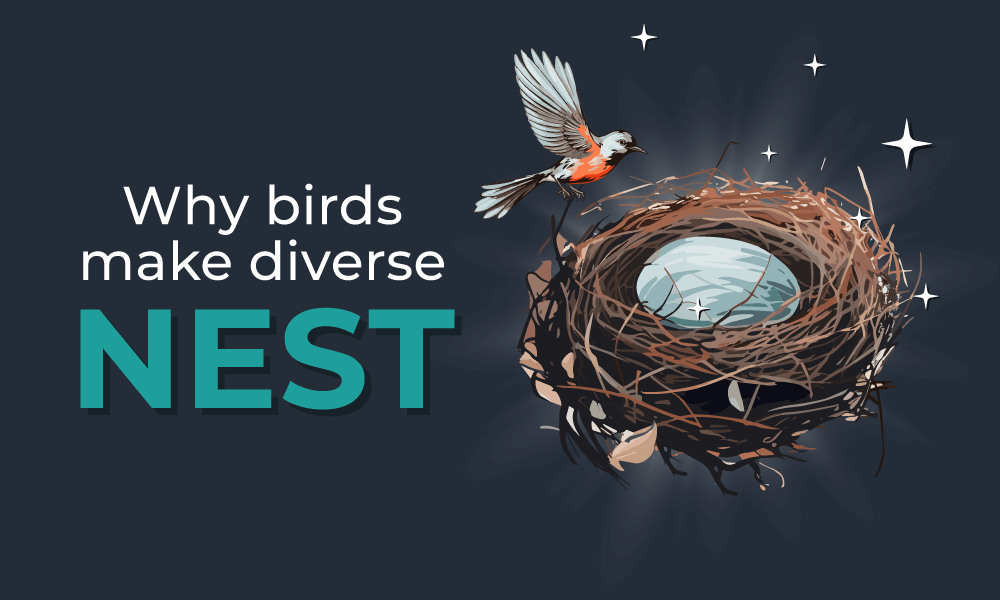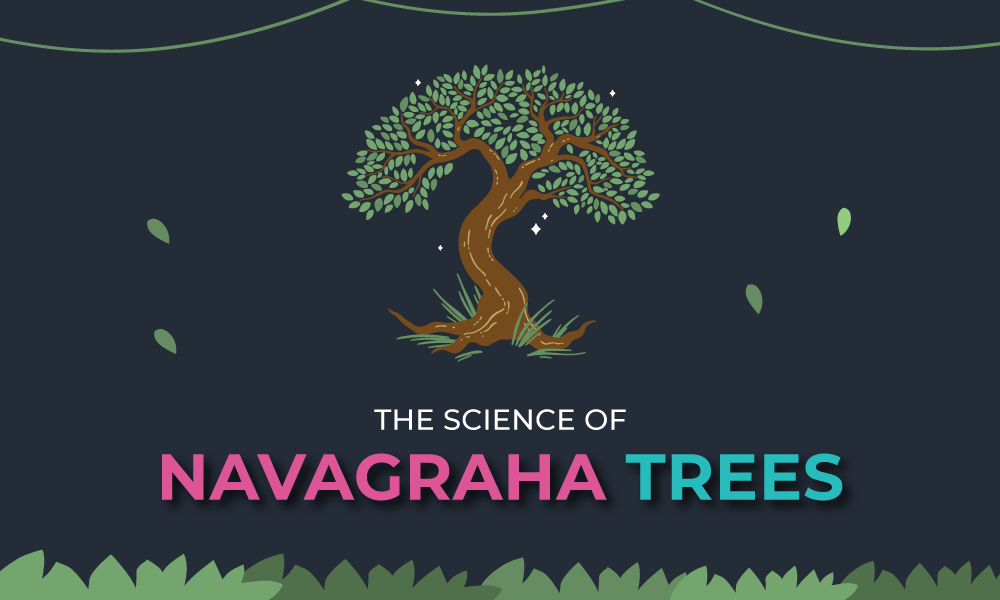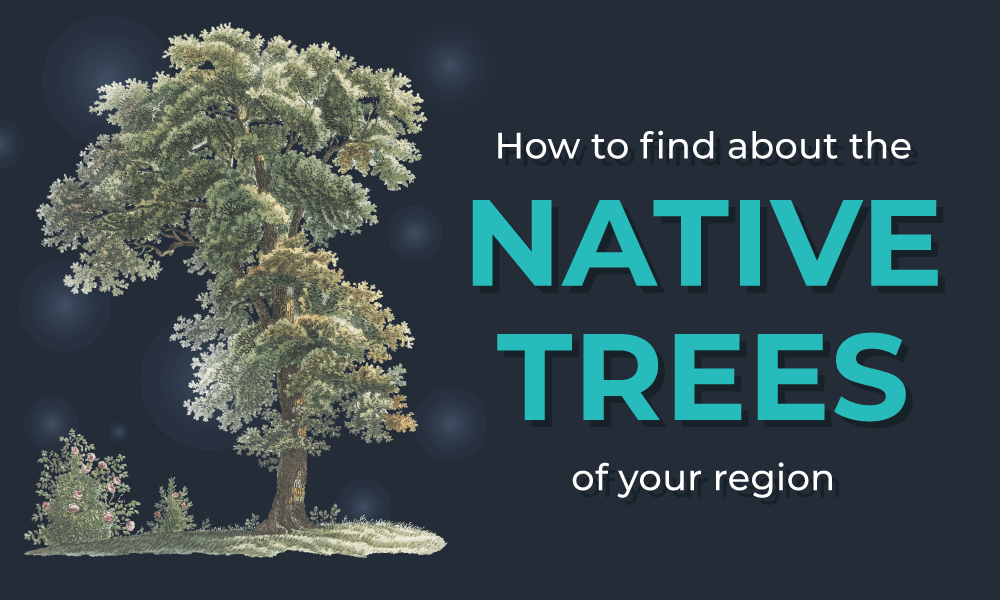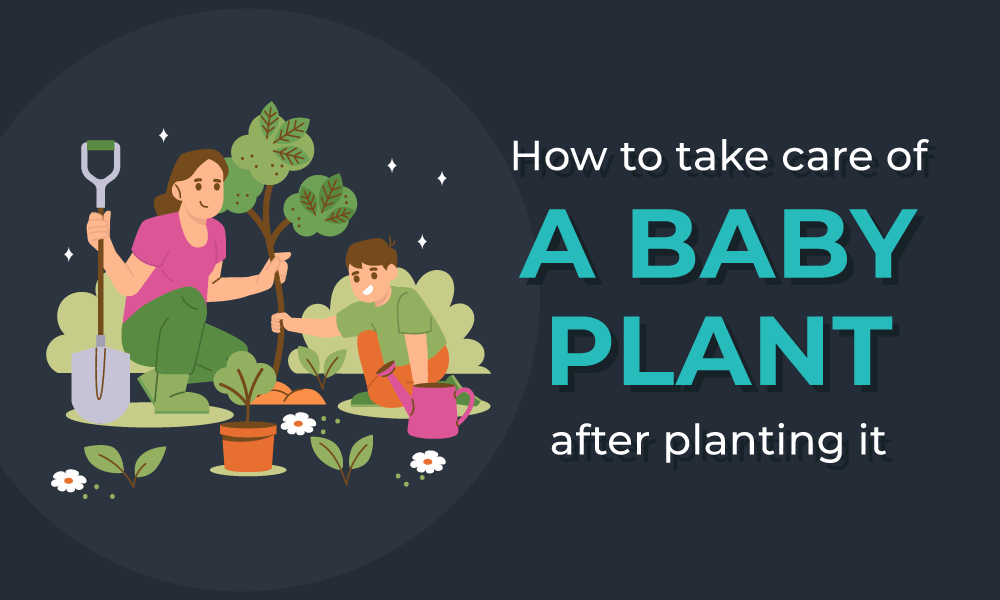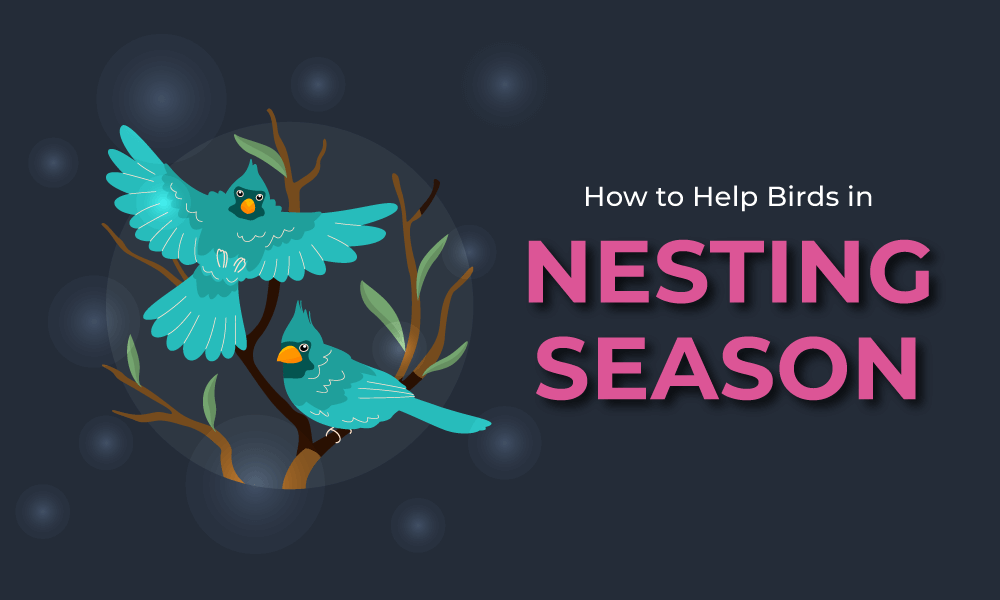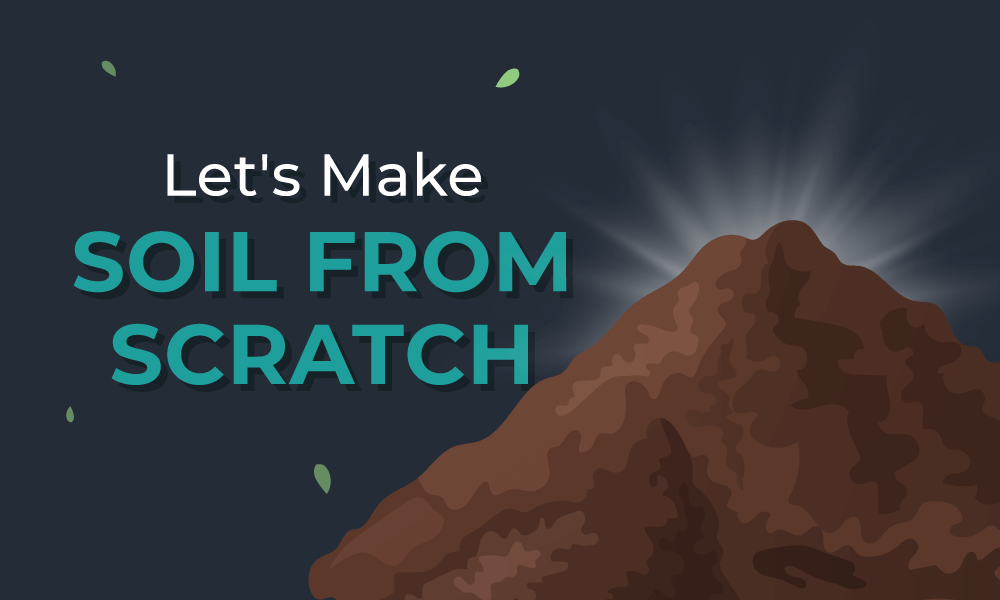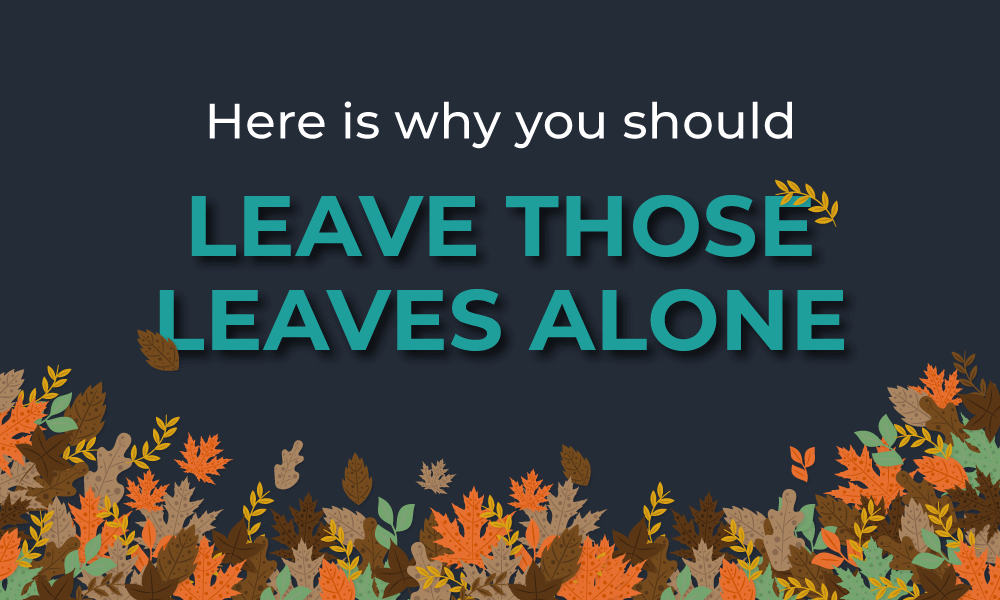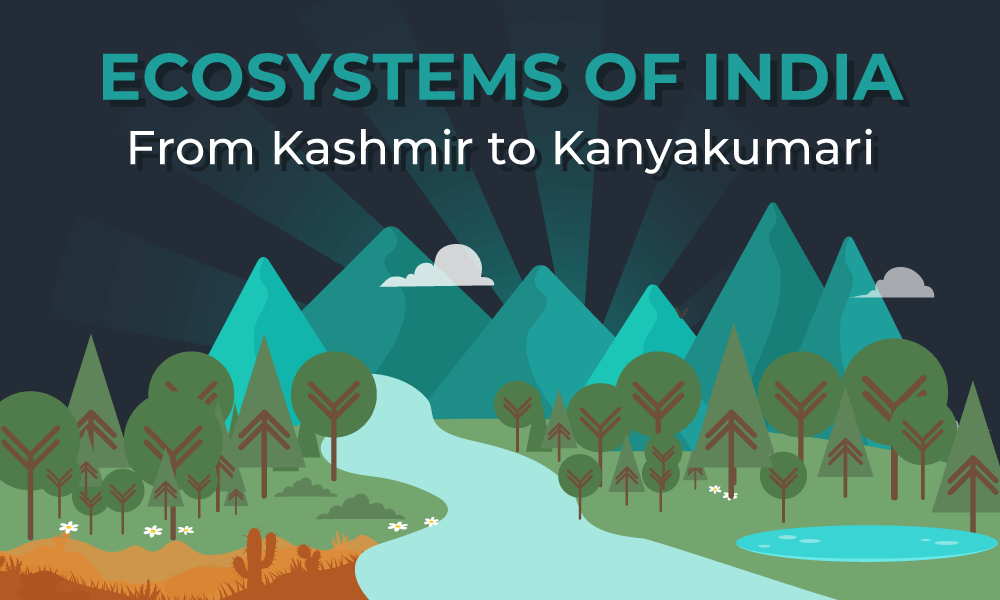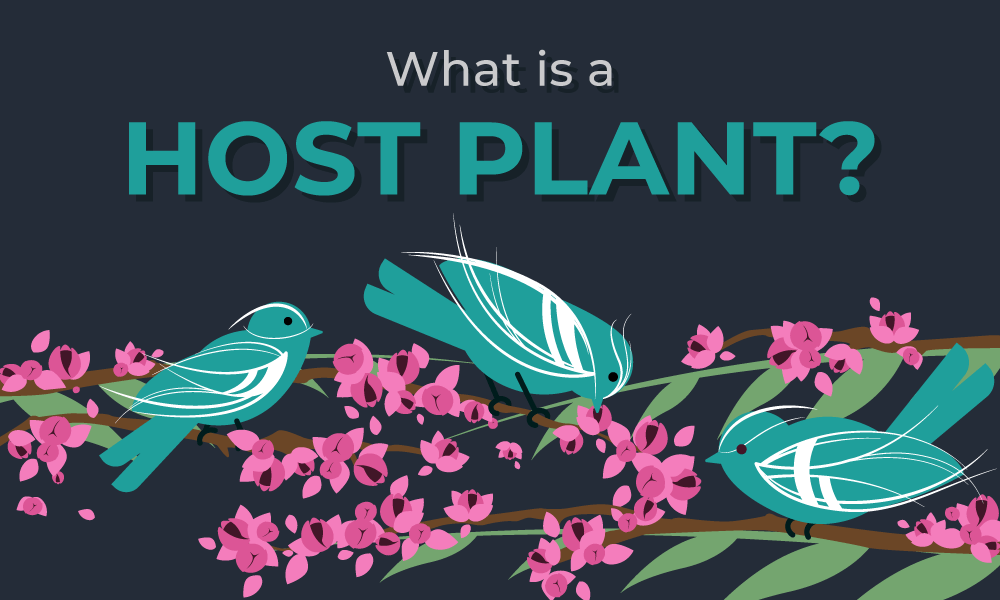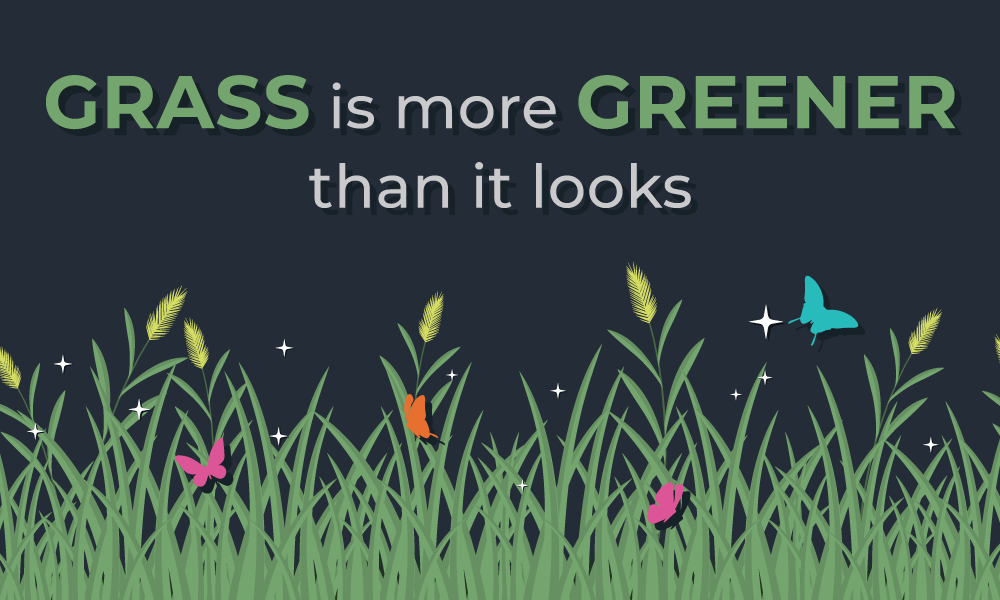We all need and love the comfy feeling of home, who would not need that? It’s one of the three basic needs every animal needs in order to survive. It’s food, water and shelter or what we call home. And for birds, it’s a nest.
In today’s blog, we are going to learn all about bird nests, and how they build it, why they build it, and also about what are all the difficulties they are facing in building their dream home.
Why do birds make nests?
When I was little, I didn’t even think about it, I knew it was for sleeping lol.
No not really.
Birds make their nest just for one purpose, to lay eggs and raise their babies in a safe and comfy place. Nests provide a safe place for birds to lay eggs and keep them warm. They do sleep in it but only when they are there with the babies, once the baby is old enough to see the real world, they all leave their nest and just sleep in a safe place like a tree or an electricity pole.
If you have ever seen a bird’s nest then you have noticed how detailed it is, so many different materials have been used and the perfect nest. The materials chosen for making a nest also help it blend into the surroundings which hides it from the eyes of the predators.
But why do eggs need to stay warm?
Eggs need warmth to create the ideal conditions in which the baby bird will develop. That warmth helps to start and maintain all the biology that further makes baby birds. Without the necessary warmth, the eggs will not develop and there will be no baby.
That’s why birds sit on their eggs to keep them warm, it’s called incubation. The ideal temperature for incubation depends on the bird but it is usually between 28°–38°C.
Do all birds make nests?
No, not all birds make nests. Some birds, like Cuckoo or Koels, don’t build their own nest. Instead, they lay eggs in a crow’s nest. The crow thinks of it as its baby and nurtures it until the cuckoo grows big.
Some birds don’t use nests at all, and instead lay their eggs in a scrape in the ground, on a flat roof, or some other surface.
When do they build nests?
Birds usually build their nests in the spring. In India, birds build their nests in February and March, before the summer and rains.
Most birds begin mating, building nests, and laying eggs in the spring to take full advantage of the warm weather while raising their young. But there are some species, like great horned owls, that start making nests even earlier, in the winter.
A bird’s nest can take between 2-3 days and two weeks, or more, to build. The process can take five to seven hours a day for more than a month.
How do they build nests?
Each species of bird has its own style of building a nest.
First birds look for a safe place, which is well secured from predators and weather. Then they start collecting materials for the nest. Birds use different kinds of materials to build their nests, it’s totally depends on the type of bird, their surroundings, and what is available to them. This includes everything from small branches, twigs, moss, leaves, bark, pine needles, grass, roots, and others. They also use some animal materials, such as spider webs, fur, hair, and feathers.
If the birds live near humans, they can use materials like clothes fibre, cotton, paper or anything they find useful.
Different types of bird nests
Nests come in so many different shapes and sizes, it totally depends on the type of the bird. Each bird intuitively knows what kind of nest its species has to build so it follows its intuition and starts building it.
Here are some of the different types of bird nest
Cup nest: These nests are one of the most common ones. They are woven with soft materials such as grasses and twigs, these nests look like a bowl with deep and soft spaces in the centre of the nest for the eggs.
Birds that make cup nests: Bulbul, jungle babblers, robins, koel and many more.

With just 1-2 inches in diameter, hummingbird nests are the smallest and some of the most beautiful, always camouflaged with bits of lichen, moss and bark.
Mud nest: some birds prefer to build their home on the side of someone else’s (maybe yours!). These bird nests can often be seen stuck to the side of buildings or trees and are made of a sticky mixture of mud and saliva. Unlike cup nests, these nests tend to be more ‘jug’-like with holes in the sides for doors. Once the nest is complete, the bird lays some soft material like grass or moss to make it comfortable for the babies.

Platform nests: are very large structures made of layered sticks and branches with dirt and grass added for softness. Big birds, like eagles, crows and pigeons, build platform structures so they can have a 360-degree view of their surroundings. They may place them on the ground or in elevated areas, such as tall trees, cliffs, and phone poles. Interestingly, the birds typically add new material to the same nest each breeding season, allowing the structure to grow larger each year.

Birds that make platform nests: eagle, vulture, crow, pigeon, hawk, peacock and many more.
Cavity nests: are like holes in trees, walls, or rocks. Only a few types of birds like woodpeckers can make their holes. Most birds like owls, kingfishers, parrots, and hornbills. Use natural cavities or those previously made by other species. They usually lay the insides of their holes with feathers or other soft material. If you want to attract cavity-nest users, you can do so easily by placing nest boxes around your property!

Birds that make cavity nests: parrot, myna, kingfisher (neelkhant), hornbill and many more.
Hanging or spherical nests: are woven with soft material, like grasses and plant fiber. They are typically hung to tree branches, with the fibres weaving around multiple branches to keep them from falling. Orioles, weavers, and sunbirds are among those that construct hanging nests.

Birds that make hanging or spherical nests: sparrows and many other birds.
Read more : Wild cats of the world
If you have some suggestion on which we should write or you have any query and something else you can contact us. Please do share this blog with your family, friends, and others so they can all learn Why birds make diverse nest.

